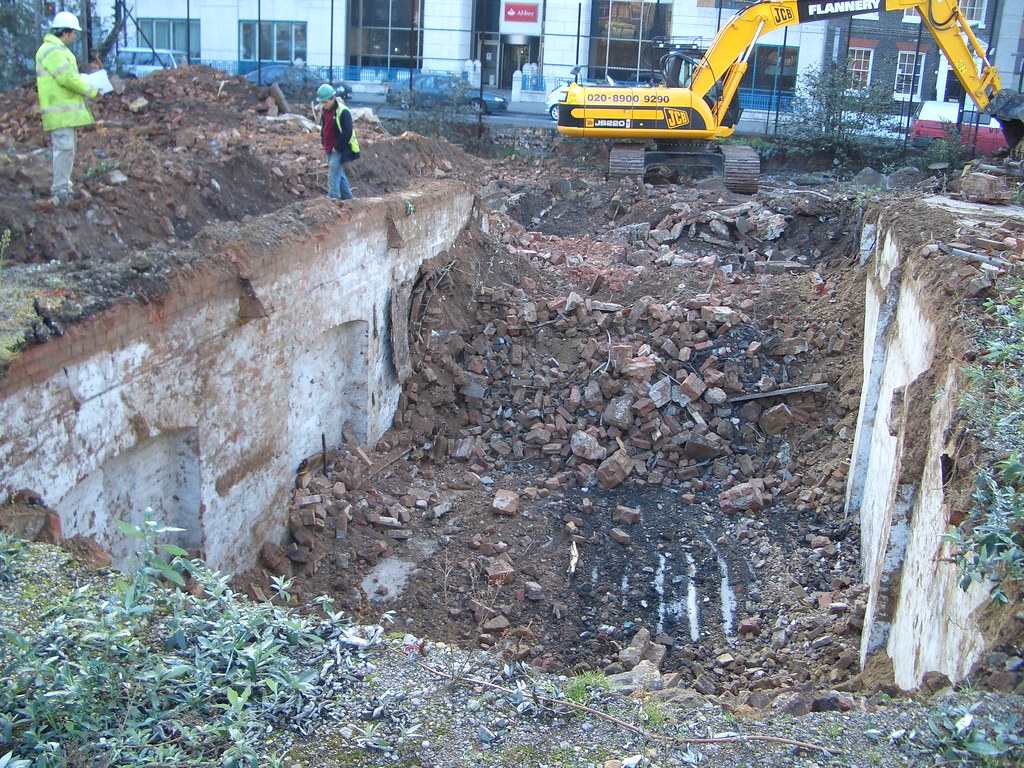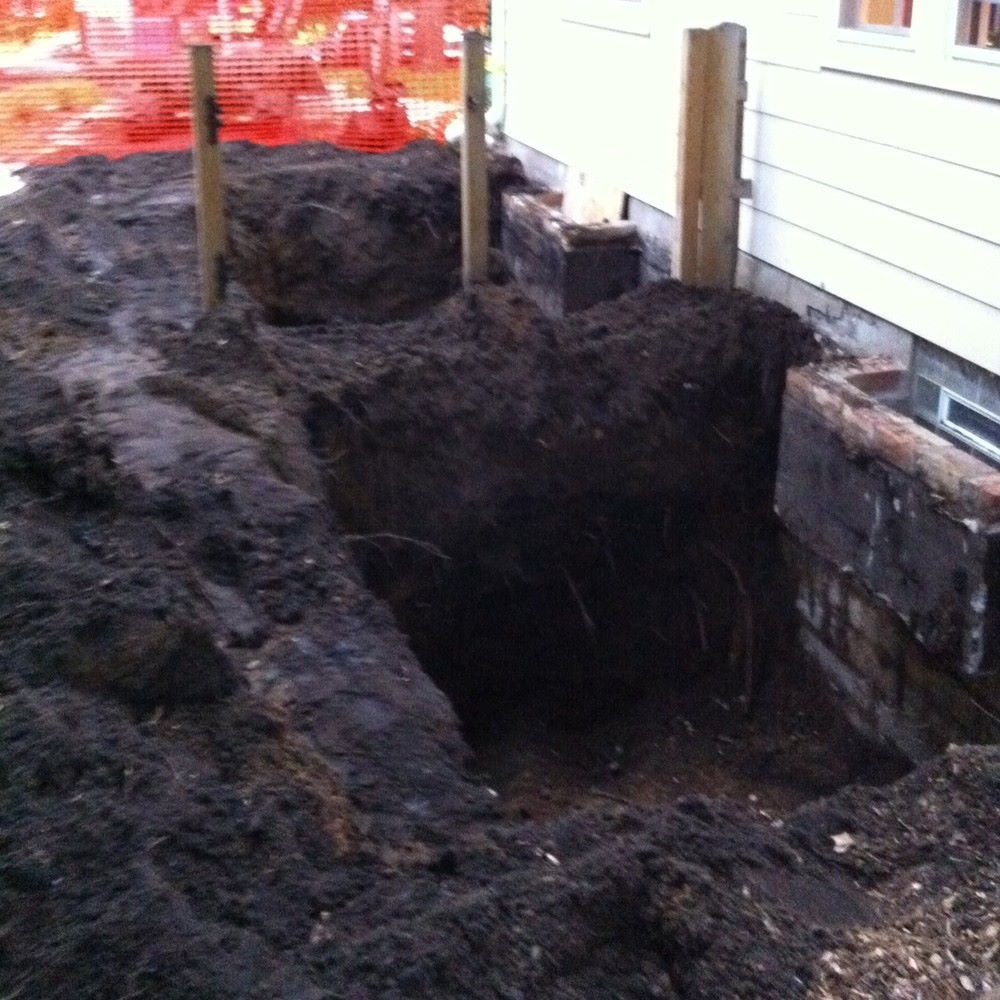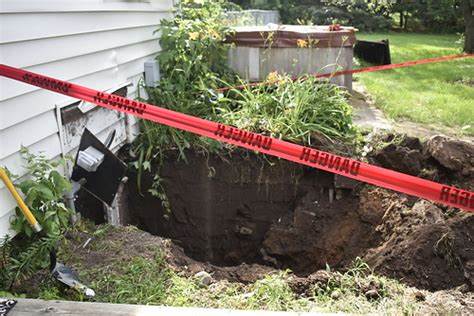Understanding Basement Excavation
Basement excavation is removing a specific amount of earth below the existing foundation of your home to create additional space. This process requires careful planning, execution, and adherence to safety protocols to ensure the structural integrity of your home and the well-being of everyone involved.
Transforming your home by adding a basement can be an exciting prospect, offering valuable extra living space and potential for improved functionality. However, before starting on this project, understanding the crucial first step is essential – basement excavation. This guide from In-Depth Excavation, your trusted local provider of Excavation Services in King, Snohomish, and Skagit Counties, aims to equip you with the fundamental knowledge about excavating your basement, from planning to safety considerations.
Planning and Preparation for Basement Excavation
Before embarking on the excavation process, thorough planning and preparation are critical:
- Consult with a professional engineer: An engineer can assess your property, soil conditions, and existing foundation to determine the design of your basement project. They can also provide crucial guidance on excavation depth, structural support requirements, and potential challenges.
- Obtain necessary permits: Contact your local building department to understand the permitting process and obtain any required permits for excavation and construction work.
- Choose a reputable excavation contractor: Selecting an experienced and licensed excavation contractor like In-Depth Excavation ensures the project is completed safely, efficiently, and in compliance with building codes and regulations.
How to Choose the Best Method for Your Basement Project
Selecting the most suitable excavation method for your basement project requires careful consideration of several key factors:
Desired Basement Depth:
- Open cut excavation: Ideal for basements with a desired depth of up to 8 feet. However, deeper excavations might require additional support systems like sheet piling or soldier piles to maintain soil stability, increasing complexity and cost.
- Underpinning: This method becomes more applicable for basements below 8 feet in depth. It involves strengthening the existing foundation to support the additional weight of the deeper excavation, allowing for vertical space. Underpinning is generally more expensive and time-consuming compared to open-cut methods.
- Slab excavation: Primarily suitable for creating crawl spaces or basements with a limited vertical height (around 3-4 feet). This method is less disruptive and requires minimal excavation depth, making it a cost-effective option for projects requiring limited additional space.
Soil Conditions:
- Stable and well-draining soils: Open-cut excavation is generally suitable for stable and well-draining soils like sand or gravel, as they offer minimal collapse risks.
- Loose or wet soils: These conditions might necessitate shoring systems like sheet piles or soldier piles for added stability during open-cut excavation. Underpinning might be recommended in some cases to ensure foundation stability.
- Rocky soils: Blasting or specialized equipment might be required for excavating through rocky terrain, impacting the cost and timeline of the project. Consulting a geotechnical engineer to assess your specific soil composition is crucial for selecting a safe and efficient method.
Budget Considerations:
- Open-cut excavation: The most cost-effective option, especially for shallow basements and stable soil conditions. However, costs can increase if additional shoring systems or deeper excavation depths are required.
- Underpinning: The most expensive method due to the additional labor, materials, and engineering involved in strengthening the foundation.
- Slab excavation: Often the most budget-friendly option for projects requiring minimal excavation depth, as it requires less labor and equipment compared to deeper excavation methods.
Project Timeline:
- Open-cut excavation: The fastest method, especially for shallow basements. However, deeper excavations or encountering unforeseen challenges can extend the timeline.
- Underpinning: This process typically takes longer than open-cut excavation due to the additional steps involved in foundation reinforcement.
- Slab excavation: Due to the limited depth of excavation required, this method is often the quickest option, minimizing project timelines.
Remember: While these factors provide a general framework, consulting with a qualified engineer and experienced excavation contractor like In-Depth Excavation is essential for a comprehensive evaluation of your specific project needs and site conditions. They can assess your soil, desired basement depth, budget constraints, and project timeline to recommend the most suitable, safe, and cost-effective excavation method for your basement project.
Safety Tips for Excavating Your Basement
Safety remains paramount throughout the excavation process. Here are some crucial tips to remember:
- Always call before you dig: Contact your local utility companies to locate and mark underground utility lines before excavation begins.
- Install proper shoring: Shoring systems support the surrounding soil and prevent cave-ins during excavation.
- Maintain proper drainage: Implement a drainage system to prevent water accumulation around the excavation and potential foundation issues.
- Utilize appropriate personal protective equipment (PPE): Wear hard hats, safety glasses, gloves, and sturdy boots to minimize the risk of injuries.
- Never enter an unsupported excavation: Only authorized and qualified personnel should enter the excavation area, and proper safety measures must be in place.
Partner with In-Depth Excavation for Your Basement Project
At In-Depth Excavation, we understand how complex and important the process of safe and efficient basement excavation is. With years of combined experience and a commitment to exceptional service, we offer:
- Comprehensive solutions: We handle all aspects of your excavation project, from planning and permitting to execution and debris removal.
- Skilled and experienced team: Our team possesses the expertise and equipment to handle projects of all sizes and complexities.
- Safety-first approach: We prioritize the safety of our crew, your property, and the surrounding environment throughout the project.
- Competitive pricing and free consultations: We offer transparent pricing and provide free consultations to discuss your project needs and answer any questions you may have.
Turning your vision for a basement into reality starts with a solid foundation, and In-Depth Excavation is here to ensure your project begins on the right foot. Contact us today for a free consultation and experience the difference of working with a trusted partner in your basement excavation journey.
Company: In-Depth Excavation
Phone Number: (425)-367-1521
Website: In-Depth Excavation (indepthex.com)
Address: 14751 N. Kelsey St. SE Suite #105
Google My Business: Snohomish – Google Maps
FAQs about Basement Excavation
Adding a basement can increase your living space and property value, but it’s not suitable for every situation. Factors like available space, foundation type, soil conditions, and budget need careful consideration. Consulting with a structural engineer and excavation contractor is crucial to determine the feasibility and potential benefits for your specific property.
The three main methods are:
- Open cut excavation: Removes surrounding soil for the desired basement area.
- Underpinning: Strengthens the existing foundation to support deeper excavation.
- Slab excavation: Creates a shallow basement or crawl space with minimal excavation depth.
The safe and feasible depth depends on your foundation type, soil stability, and local building codes. Consulting with a structural engineer is essential to determine the maximum permissible depth for your specific project.
Safety is paramount. Always call before you dig to locate underground utilities, install proper shoring to prevent cave-ins, maintain drainage, wear appropriate personal protective equipment (PPE), and never enter unsupported excavations.
Costs vary depending on factors like project size, depth, chosen method, soil conditions, and local rates. Consulting with a reputable excavation contractor for a specific quote is recommended.
While technically possible, it’s highly discouraged. Basement excavation involves complex engineering principles, safety considerations, and specialized equipment. Hiring a licensed and experienced professional contractor like In-Depth Excavation ensures the project is completed safely, efficiently, and in compliance with building codes.
In-Depth Excavation offers several benefits:
- Expertise and experience: We ensure safe and efficient execution based on our extensive experience.
- Proper equipment and resources: We have the necessary equipment and expertise to handle any project complexity.
- Permitting and compliance: We handle the permit process and ensure adherence to regulations.
- Communication and transparency: We provide clear communication and keep you informed throughout the project.



